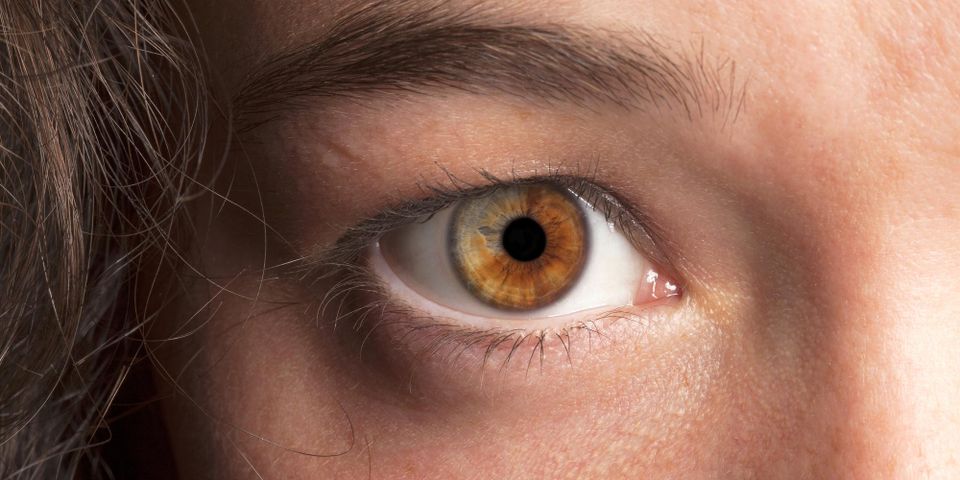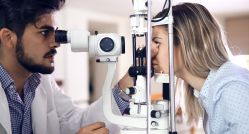What You Should Know About Heterochromia

Heterochromia is a condition where the melanin in one or both eyes differs. Although the variation in coloration can be genetic, later development could be caused by an eye disease or another underlying illness. Therefore, if your eyes change color, it’s worth visiting an optometrist to know if there is cause for concern. The guide below further explores what heterochromia is, common causes, and possible treatments.
Types of Heterochromia
When there are two different colors in the same iris, a person has central heterochromia. Colors of the outer and inner rings typically differ. When each iris is a different color, the condition is called complete heterochromia. Sectoral heterochromia appears as a splotch of color on any part of the iris. Approximately six in every thousand people have one of these conditions, including Dominic Sherwood, who has one blue eye and another that is both brown and blue. Mila Kunis, Kate Bosworth, and Henry Cavill also have it.
How It Develops
Heterochromia is either genetic or acquired. When genetic, the condition is present at birth or in the months shortly after and can sometimes be linked to genetic diseases. Bloch-Sulzberger syndrome, for example, affects ectodermal and mesodermal tissues, causing possible changes in the eyes. The color difference is unlikely to be problematic in these cases.
 When acquired, a person develops changes in iris color later in life. This can be caused by trauma or surgery. It can also be a symptom of eye diseases such as uveitis. The associated swelling can cause heterochromia. Therefore, if you look into the mirror one day and are puzzled by the changes in your reflection, seek out an optometrist to discover the underlying cause. Should they discover it is caused by glaucoma or iris tumors, they can work to provide eye disease treatment to improve your ocular health.
When acquired, a person develops changes in iris color later in life. This can be caused by trauma or surgery. It can also be a symptom of eye diseases such as uveitis. The associated swelling can cause heterochromia. Therefore, if you look into the mirror one day and are puzzled by the changes in your reflection, seek out an optometrist to discover the underlying cause. Should they discover it is caused by glaucoma or iris tumors, they can work to provide eye disease treatment to improve your ocular health.
Whether you have acquired heterochromia or another condition that needs to be addressed, Matthew H. Lipparelli, OD in Elko, NV, is standing by to help. Board-certified in treating eye diseases, the doctor has been committed to providing Elko County residents with state-of-the-art vision care services for over two decades. To schedule an eye exam, call (775) 753-5353 or reach out online for an appointment. For a better idea of what to expect, read patient feedback on Facebook.
About the Business
Have a question? Ask the experts!
Send your question

